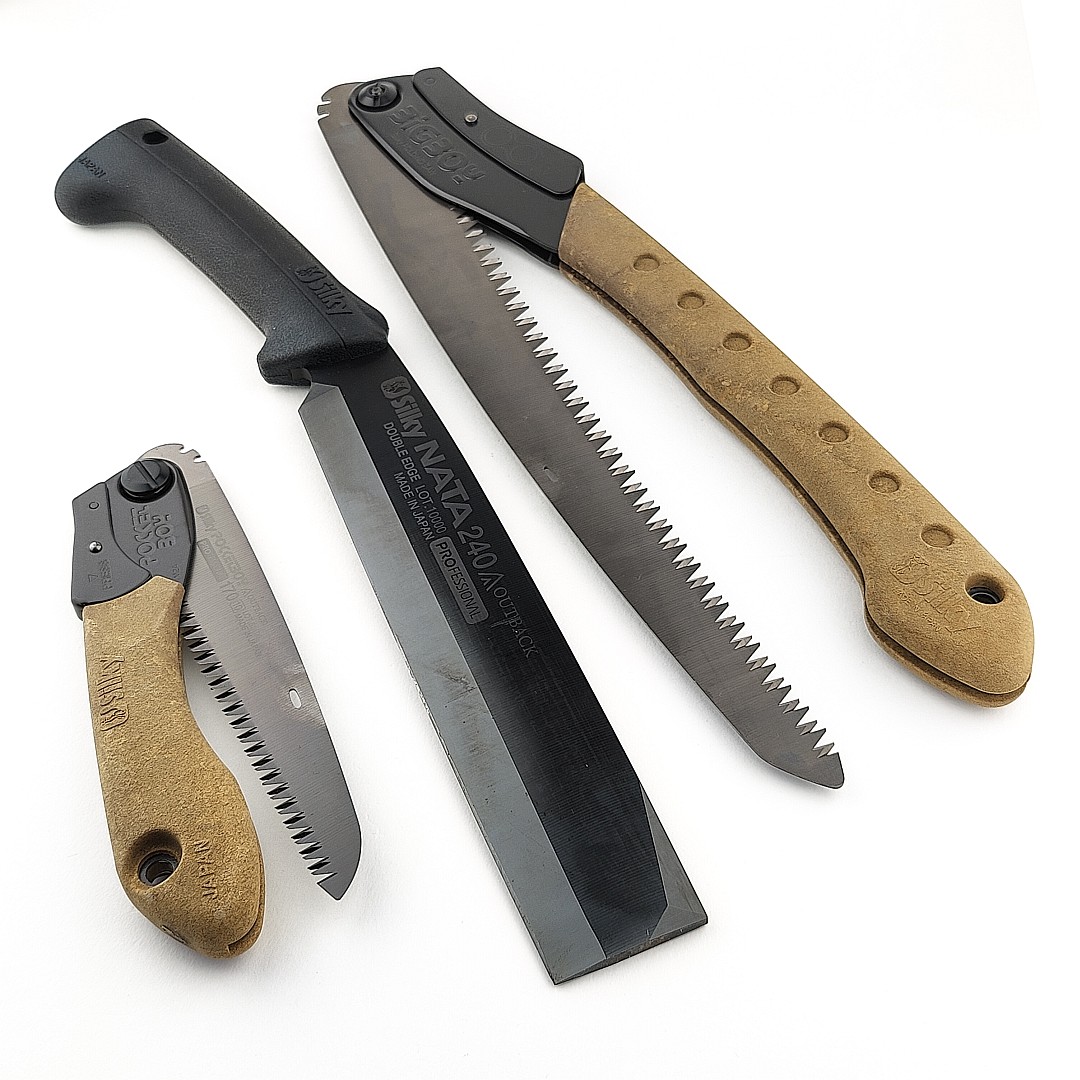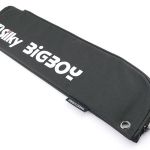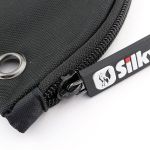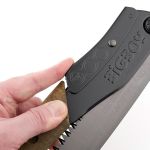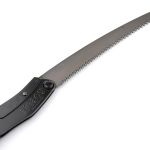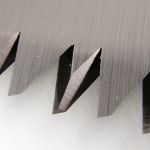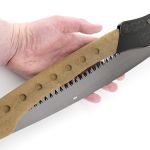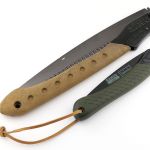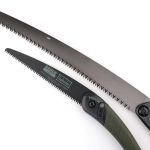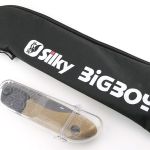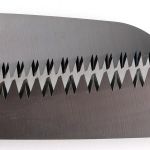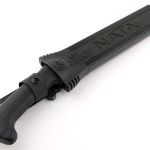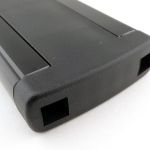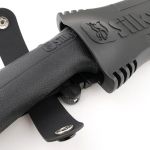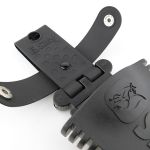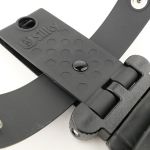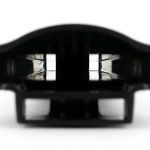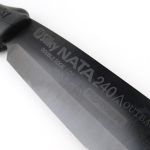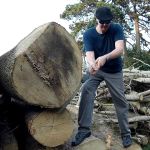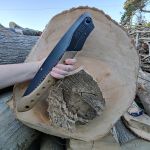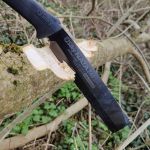Silky’s New Outback range has recently added the Nata Outback edition to compliment the BigBoy, GomBoy and PocketBoy Saws. All of the Outback range feature a black blade coating and are built for outdoor and survival use. The Outback saws have thick and rigid saw blades making them 100% outdoor proof. For the Outback range Silky applied a black coating of a unique nickel and tin blend to the entire blade, including the teeth. This provides a long blade life and an incredible cutting performance.
This Silky Outback review features the latest addition, the Nata Outback Edition, along with the largest and smallest saws in the range, the BigBoy and PocketBoy.
If you are in the UK you can find these at Woodlore (no affiliation, just where to find them – search for ‘Silky’ once there).
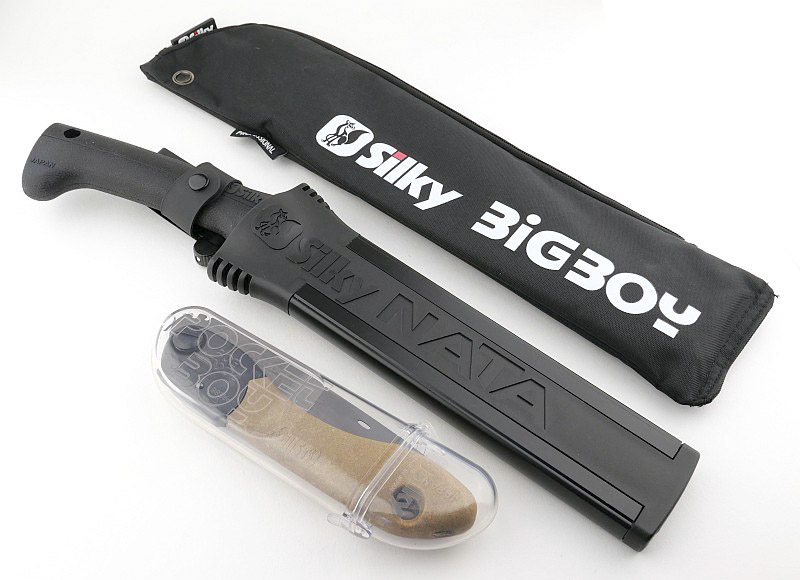
Review Videos
A trio of videos you can come back to, or find directly on the Tactical Reviews YouTube Channel.
Starting with a short format sixty second review:
Onto a full video review covering many more details of the BigBoy Saw:
The last of this trio is a full video review covering many more details of the Nata:
All the details:
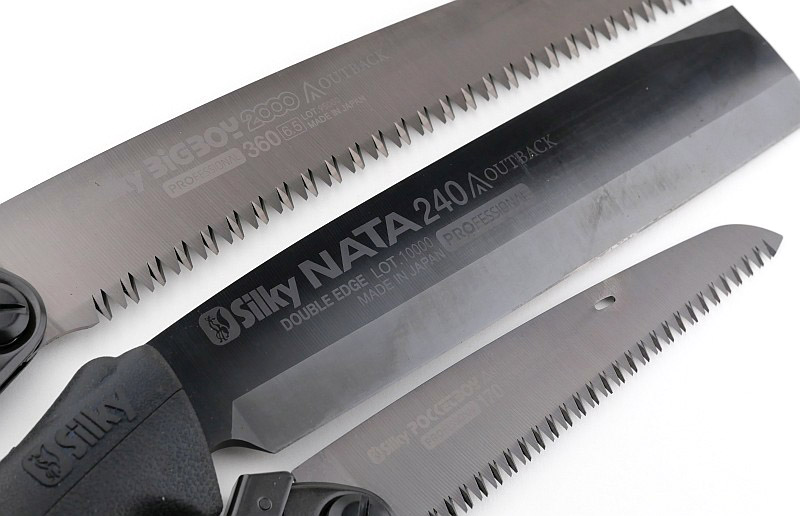
Unpacking the BigBoy Saw:
A good look round the BigBoy – Things to look out for here are:
On the Outback edition, the pivot/lock is painted black and has an adjustable pivot screw. You can see the two blade stop groove positions in the blade. Due to its curved shape, the teeth of the BigBoy are not fully enclosed when folded, but you can keep it in the included nylon carrying case. The blade can be locked in two positions (more on that in ‘The Big Cut’).
The teeth have four cutting angles to leave a smooth surface after cutting.
The BigBoy is the largest folding saw in the Outback range, and is also shown here next to a Bahco Laplander for scale.
Unpacking the PocketBoy Saw:
Both saws include a case, the PocketBoy has a clear plastic case.
A good look round the PocketBoy – Things to look out for here are:
Exactly as with the BigBoy, the PocketBoy pivot/lock is painted black and has an adjustable pivot screw. You can see the two blade stop groove positions in the blade. The smaller saw has finer teeth which is shown in a side by side comparison. The blade can be locked in two positions and the teeth of the PocketBoy are fully enclosed when folded.
The PocketBoy is the smallest folding saw in the Outback range, and is also shown here next to BigBoy for scale.
The Nata’s sheath:
Packed with practicality, yet simple in design, the Nata’s sheath has a dangler belt loop with retaining strap that can be removed from the sheath. The thinking behind this is not to use the Nata’s sheath without the belt loop and retaining strap, but instead that while you are carrying it belt mounted, if you then want to sit or get into a vehicle, you can remove the sheath from the belt hanger without taking off your belt.
The sheath itself is mainly a gravity sheath that you drop the Nata into and lift out as needed. It has two metal edges that provide rigidity and prevent the Nata cutting through it over time. Large drainage holes ensure the sheath stays clear of rain water and can easily be flushed clean if it accumulates dirt/dust.
A good look round the Nata – Things to look out for here are:
Note: this is a used demo blade so will be showing signs of use.
A very utilitarian blocky blade shape gives you the weight and strength needed for effective chopping. This Outback edition is the first Nata to feature a new black oxide coating.
The rubber handle is removable, not as I originally thought, to replace the handle, but in fact to allow you to replace the blade and keep the handle, as Silky sell a replacement blade for the Nata.
The Blade and Handle – Detailed Measurements:
For full details of the tests and measurements carried out and an explanation of the results, see the page – Knife Technical Testing – How It’s Done.
The blade is made from Silky’s Japanese Carbon steel.
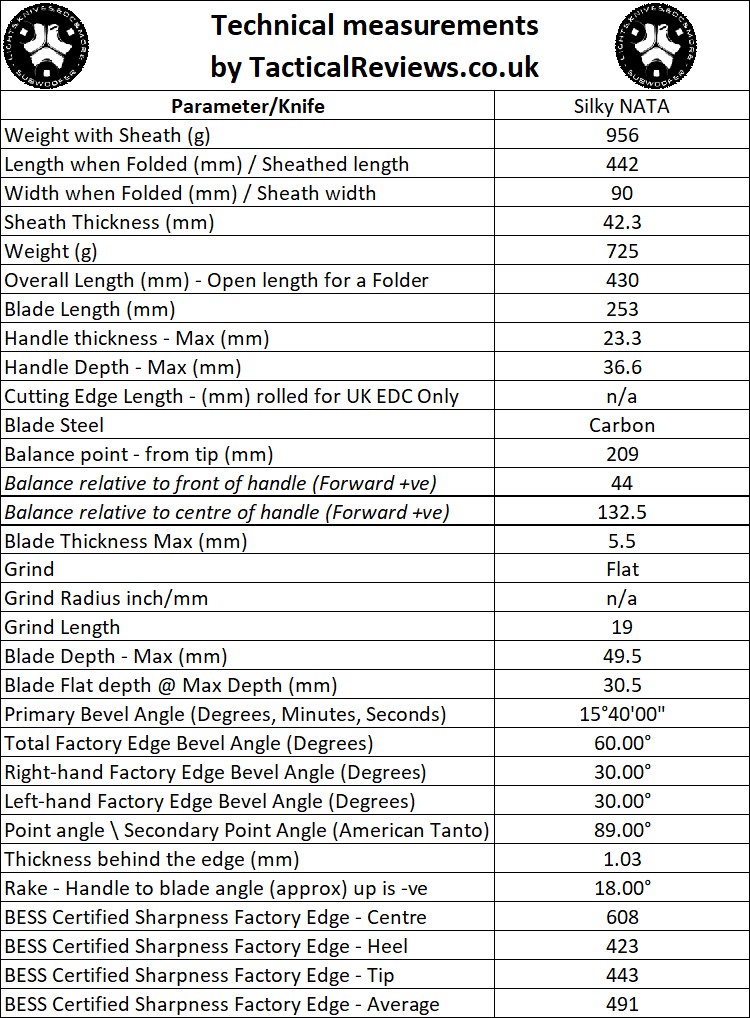
The Factory edge up close:
Followers of Tactical Reviews will know my views on factory edges, but to recap:
Anyone using a knife will need to sharpen it. That first factory edge is just like the first tank of fuel that a new car comes with (or first charge of the battery).
A good factory edge is a ‘nice to have’ but not a ‘make or break’ for a good knife, as you will be putting your own edge onto it soon enough.
The factory edge does however indicate the care a knife maker has put into the final finish.
It is for this reason Tactical Reviews measures factory edge sharpness and specifications, and includes this information in the detailed technical testing.
As a further look at the factory edge, this section has been added to include some high magnification photos of the factory edges.
In the following gallery are close up images of the BigBoy and Pocket saw teeth (they are used so show some saw dust), and the Nata in a section or unused edge and at the point of maximum wear from the demo use. The worn section shows the black coating is gone and the edge has damage.
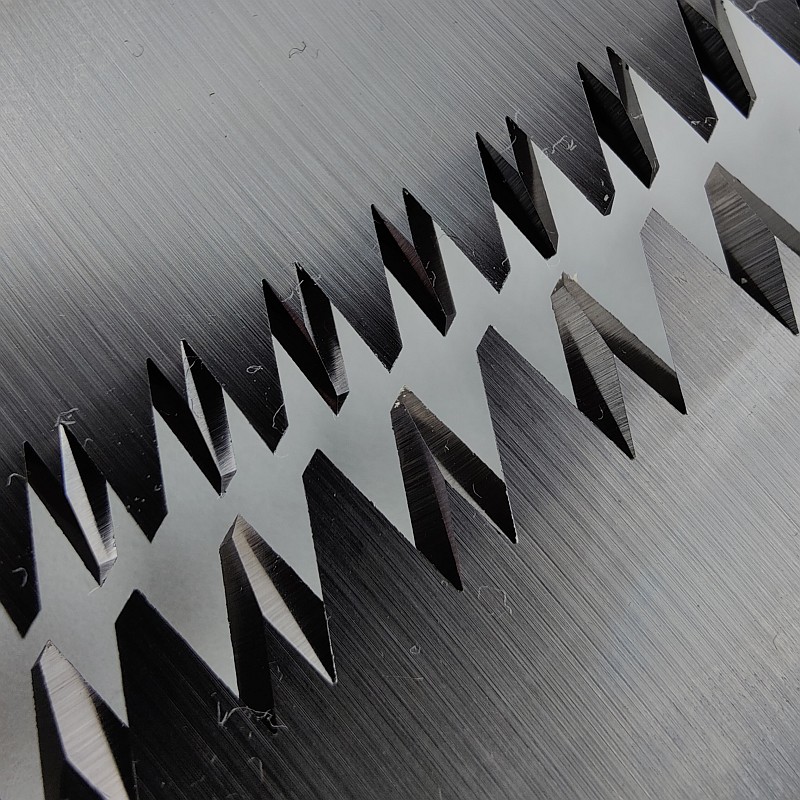
What is it like to use? – Part 1 – The Big Cut
The question is, how large a log can you cut with the Silky Outback BiGBOY saw? Silky suggest the biggest size of log you should cut is half the length of the saw blade. Pffff! I’m not listening – La La La La La…….
So the Silky Outback BigBoy Big Cut Challenge was born.
The gallery in this Big Cut challenge shows the result of two visits to the log. The first visit was about 1 hour long, and the second 2.5 hours, and finally a third visit with a crowbar.
The log was not ‘green’ having been cut an unknown time before I got access to it, so the end I was cutting had dried. This caused significantly more effort. The Silky saws are so effective on green wood, but less so on dried timber.
During this cut, the two blade positions proved their worth and made angling the cut much easier, so, yes, you will be glad of them.
At the end of the first hour of cutting, progress felt good and I’d got a channel cut round the entire log but had to stop.
Visit two was a couple of weeks later, so the wood was drier and the cut had exposed the inner wood allowing it to dry more. After an hour and a half, progress slowed to a point I decided to stop as I’d reached an impasse.
Having checked the depth of cut all round I have an estimate of what is left uncut (the green circle).
I had really hit the limit of sensible progress for a few reasons:
The timber was not green wood, so much harder to cut.
Access was limited especially on the left side preventing free movement of the saw.
The depth of cut meant the sawdust did not clear, instead clogging the cut.
At the extreme depth of cut, only a few saw teeth were cutting. This was the biggest factor.
Wanting to confirm the actual cut I decided to use a crowbar to break away all the wood that was cut to leave only the last uncut part.
The conclusion of this test is that with enough time and full, clear, access to the log I think it would just be possible – if you really had to. I would definitely not choose to do this again!
What is it like to use? – Part 2 – all the rest
So back to the bread and butter use of the Silky Outback tools. Woodland, green wood, and camp tasks.
Using a long heavy blade for chopping instead of an axe head gives you quite a few advantages. You do not need to be so accurate with each strike, you can use the Nata for brush clearance as well (which you could not with an axe), and you can also use it for batoning and splitting large logs safely. A very effective tool.
It isn’t new as the Nata has been in Silky’s range for some time, but this version with coated blade and using the double bevelled edge version for the hard-use Outback range takes it to another level. (there is a chisel grind version of the standard Nata)
I’ve pushed the Silky saws to their limits for the size of cut you can make, but when you work within the limits Silky recommend you have an easy time. Green wood is devoured by the BigBoy, and for the smaller tree limbs the PocketBoy is very effective. Just keep to that rule of the diameter of log being half the length of the blade (not nearly twice like in the Big Cut). All of these types of saw cut on the pull stroke, which prevents blade bends, and gives excellent control of the cut.
For logs of the correct size, sawing is faster than more efficient and cleaner than chopping, so if you can carry a saw and chopping tool you make life a lot easier. Saw the logs, then split them with the Nata.
Review Summary
The views expressed in this summary table are from the point of view of the reviewer’s personal use. I am not a member of the armed forces and cannot comment on its use beyond a cutting tool or field/hunting knife.
Something that might be a ‘pro’ for one user can be a ‘con’ for another, so the comments are categorised based on my requirements. You should consider all points and if they could be beneficial to you.
_______________________________________________
What doesn’t work so well for me
_______________________________________________
(very little to say here)
BigBoy – the saw teeth are still partly exposed when folded.
Nata – the blade rattles in the sheath and can be a bit noisy when carrying.
(yup, really not much to say)
_______________________________________________
Things I like
_______________________________________________
BigBoy Outback Edition – devastatingly effective saw teeth.
BigBoy Outback Edition – two locked blade positions.
BigBoy Outback Edition – Comfortable and grippy wood/plastic composite handle.
BigBoy Outback Edition – zip up case included.
BigBoy Outback Edition – adjustable pivot tension.
BigBoy Outback Edition – black coated blade.
PocketBoy Outback Edition – effective saw teeth.
PocketBoy Outback Edition – two locked blade positions.
PocketBoy Outback Edition – Comfortable and grippy wood/plastic composite handle.
PocketBoy Outback Edition – plastic case included.
PocketBoy Outback Edition – adjustable pivot tension.
PocketBoy Outback Edition – black coated blade.
Nata Outback Edition – black oxide protective blade coating.
Nata Outback Edition – sheath can be unclipped from belt hanger.
Nata Outback Edition – long heavy chopping blade.
Nata Outback Edition – removable cushioning rubber handle.
Nata Outback Edition – suitable for chopping and brush clearing use.
Nata Outback Edition – Stable and strong double bevelled edge version.
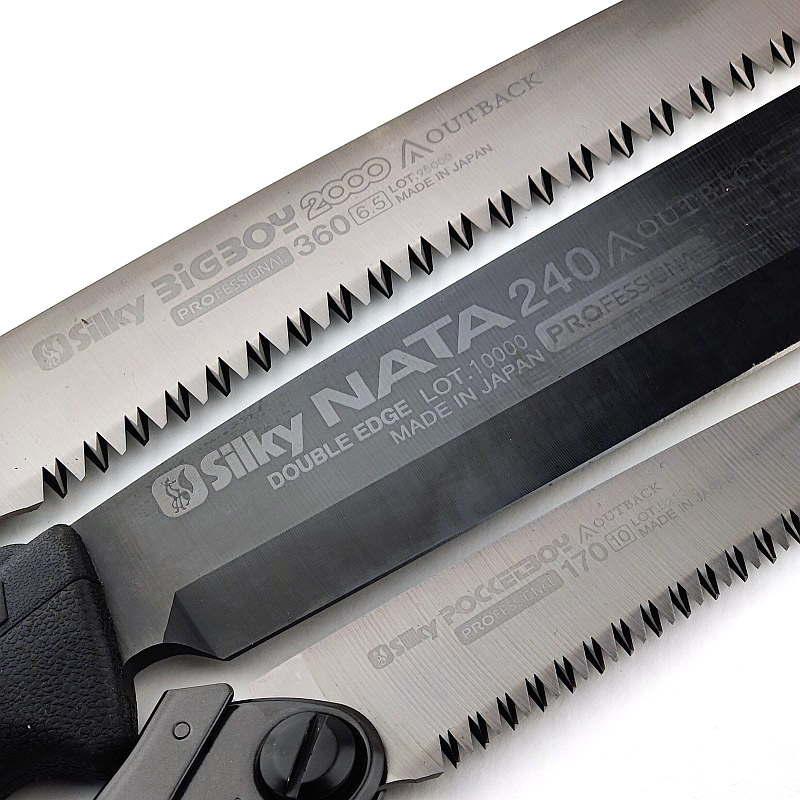
Discussing the Review:
The ideal place to discuss this review is on the Tactical Reviews Facebook Page 
Please visit there and start/join the conversation.

